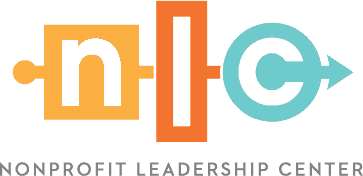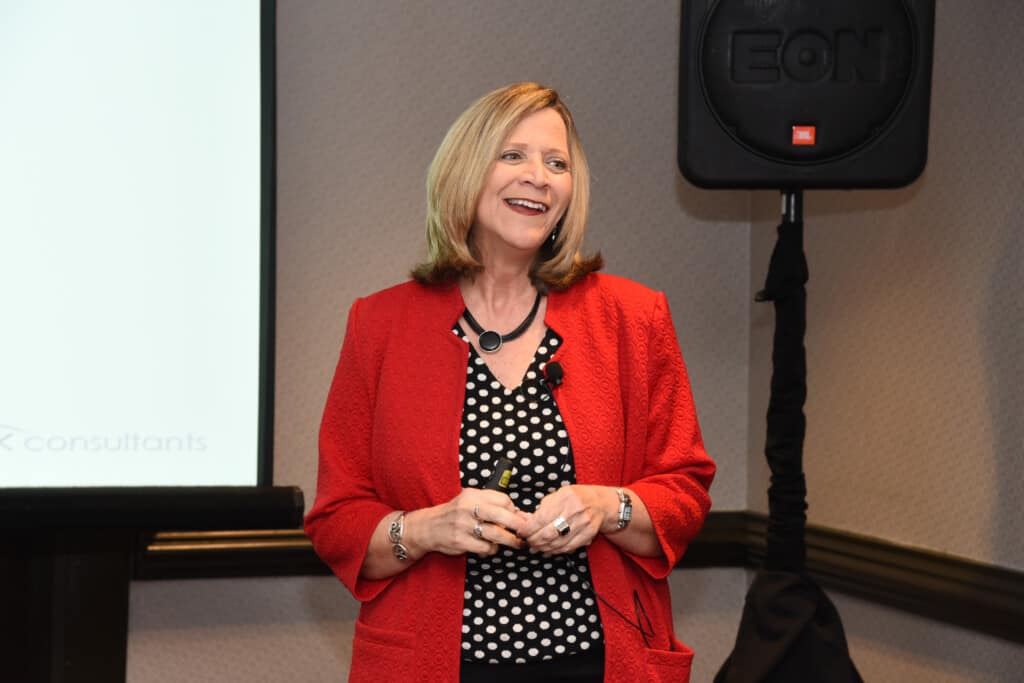Your organizational culture impacts every aspect of your business, from employee productivity and engagement to donor retention and growth. Establishing a healthy environment for employee and organizational growth is crucial, and it can be costly if not taken seriously. Culture can help leaders achieve goals and objectives, but it can also create obstacles that prevent employees from doing their best work. Nonprofit organizations that minimize or fail to recognize culture’s important role will limit their ability to move their mission and organization forward.
Here are five common misconceptions about organizational culture to avoid at your organization.
5 Common Misconceptions About Organizational Culture
1. Only large organizations and companies need to worry about their company culture.
Organizational culture is your organization’s personality. Just as a baby exhibits its unique personality at a very young age, organizational culture can be seen in groups and organizations of all sizes — from five employees to 50,000. Culture serves as a driving force, connecting employees to one another and to your organization’s mission. It can also create confusion or lack of focus when not addressed.
2. Culture happens organically. Sometimes it works, and other times it doesn’t.
A strong organizational culture is not a random trait determined by fate. It’s something that can be learned and developed. In his best-selling book “The Culture Code,” Daniel Coyle shares that business leaders can learn to dial in to behaviors that create an extraordinarily effective culture. The first step is understanding that authentic relationships and transparency in leadership are foundational to strong, healthy organizational cultures. By thinking strategically and paying attention to what is happening in your organization, you can achieve closeness, trust and cohesion.
3. Culture is a touchy-feely concept that doesn’t impact the bottom line significantly.
Evidence shows that groups working in a strong, positive environment will thrive, increasing efficiency and productivity and strengthening their sense of connection and organizational effectiveness. Conversely, an unhealthy or broken environment can destroy an organization. Detached employees lead to higher turnover, a lack of connection to customers and purpose and lower profits, which can negatively impact your bottom line. According to a Harvard study by J. Kotter and J. Heskett of more than 200 companies, a strong culture will increase a company’s net income 756% over 11 years. High organizational performance is accomplished when all the parts of an organization come together, performing at high levels.
4. Culture is simply about people getting along.
It’s true that one of the strongest indicators of your organizational culture is the health of the interpersonal relationships among your staff and between leadership and staff. But culture is so much more than how people interact. Culture, in its broadest sense, takes into account things like organizational structure, values and beliefs, unspoken behavioral norms, management and leadership practices, clarity of roles, effectiveness of meetings, group successes and outcomes, and commitment to mission and purpose … just to name a few. Culture drives employee performance. It’s the foundation of organizational norms and practices, and it can be seen in how people within an organization treat one another and their attitudes toward customers and constituents. Culture can even be tangibly reflected in the physical environment — from how work areas are set-up to the knick-knacks and pictures on desks.
5. Once a strong culture is in place, it will take care of itself.
Just as no organization remains static, culture will continue to evolve over time. Employees move and are promoted, customer needs change, mergers and acquisitions create a need for restructuring, leadership shifts, technological advances create demands for new processes and positions, and so on. The stronger and more grounded an organization is to its culture, the smoother its staff will weather change. A strong leadership team is in tune with cultural shifts and acknowledges the need to routinely assess and make appropriate adjustments when necessary.
Author Simon Sinek said it best: “Customers will never love a company until the employees love it first.” A strong culture creates a stronger sense of purpose and employee commitment, enhanced trust and cooperation, higher levels of respect around disagreements, and a stronger bottom-line for companies. The most successful organizations foster cultures that allow their employees to grow and thrive.
Enhance Your Nonprofit’s Organizational Culture
If your nonprofit organization needs support developing and retaining your best staff in an ever-changing workforce, join the Nonprofit Leadership Center for an upcoming training class or learning experience.


